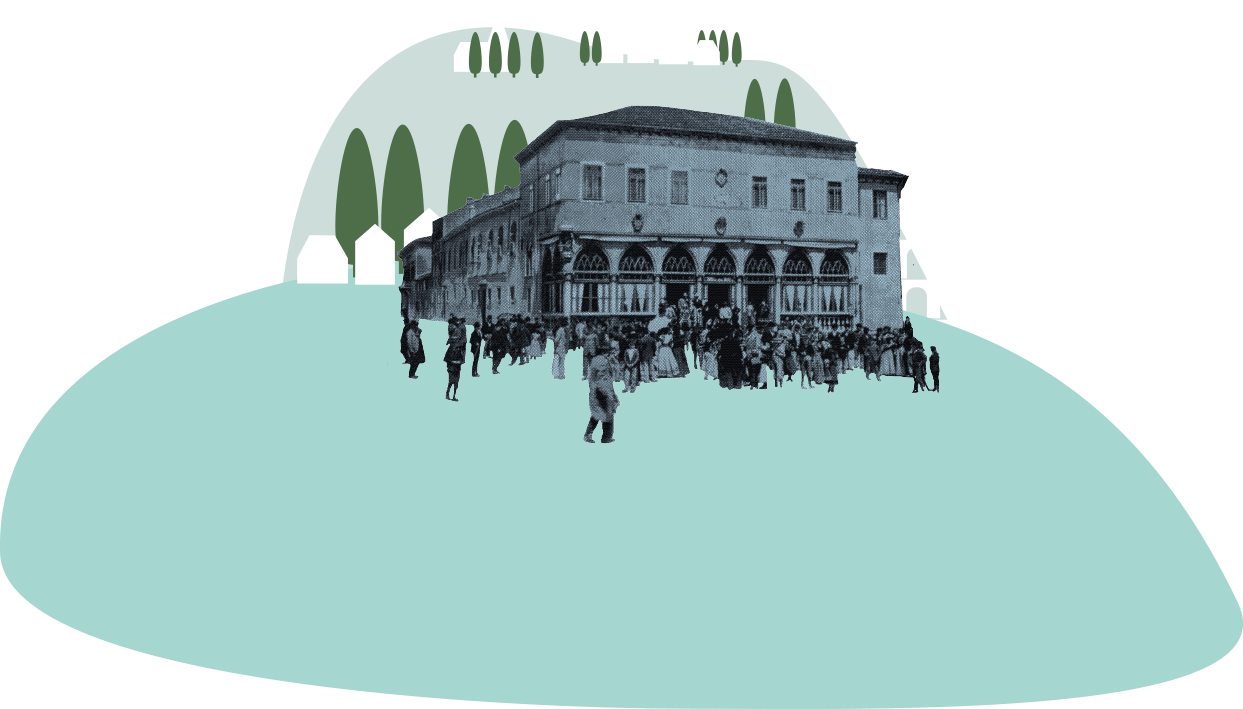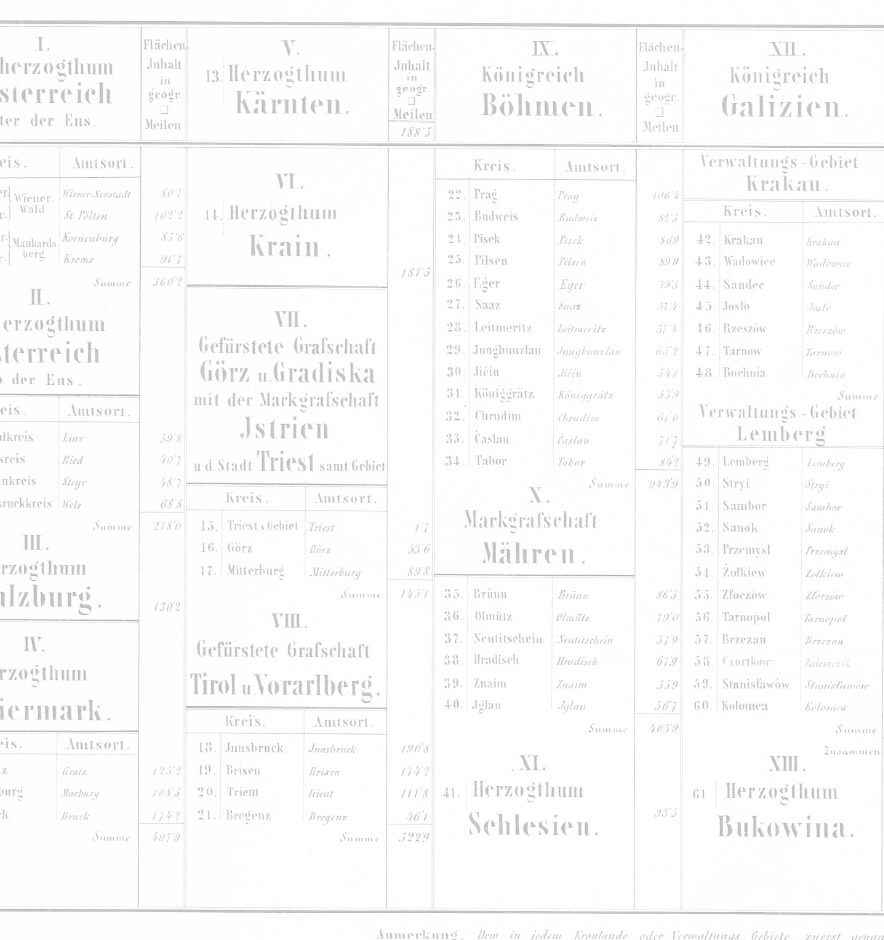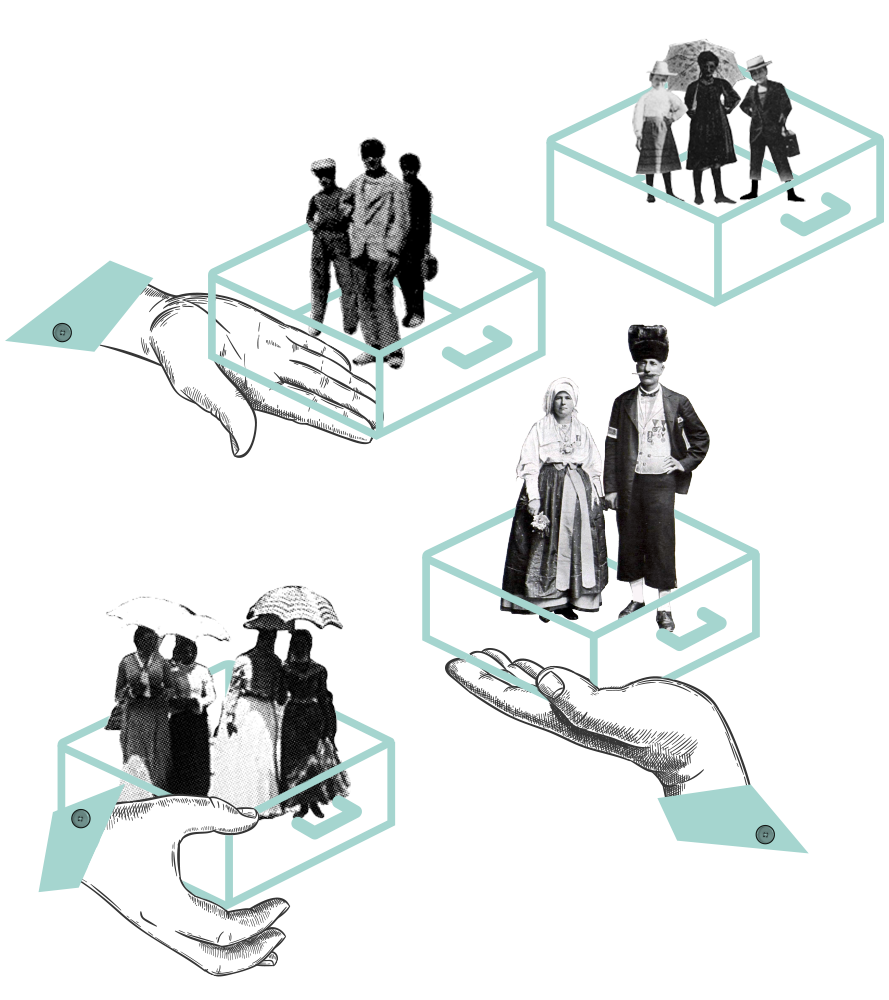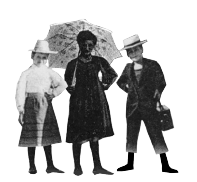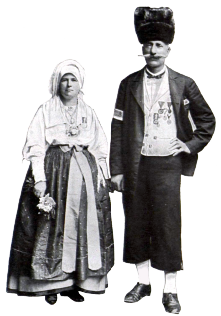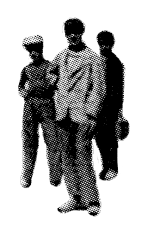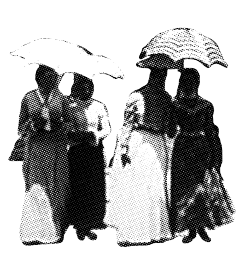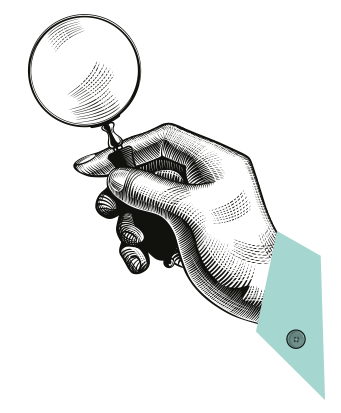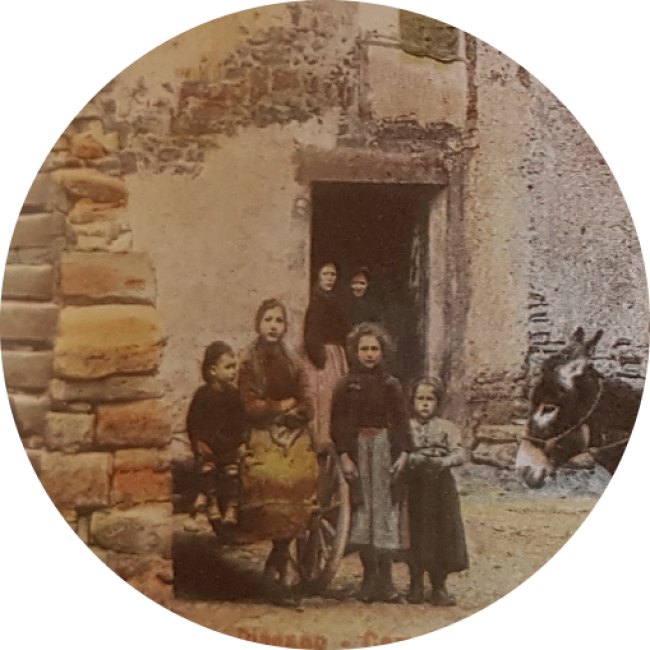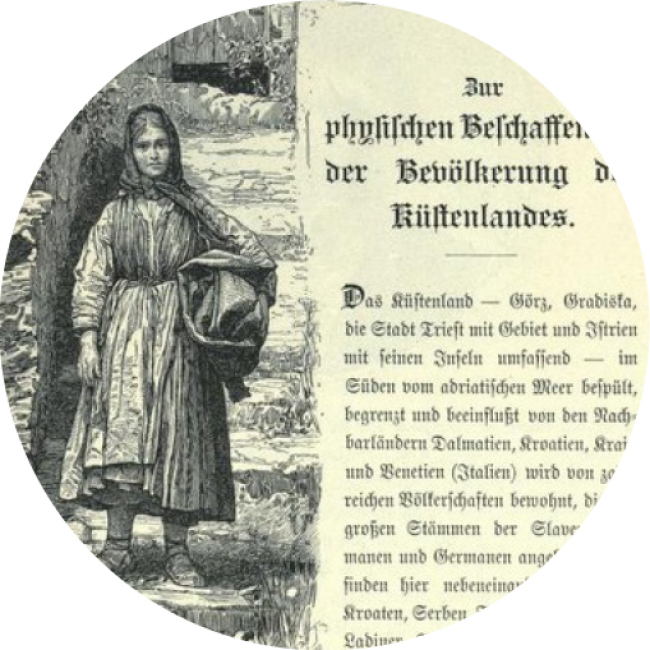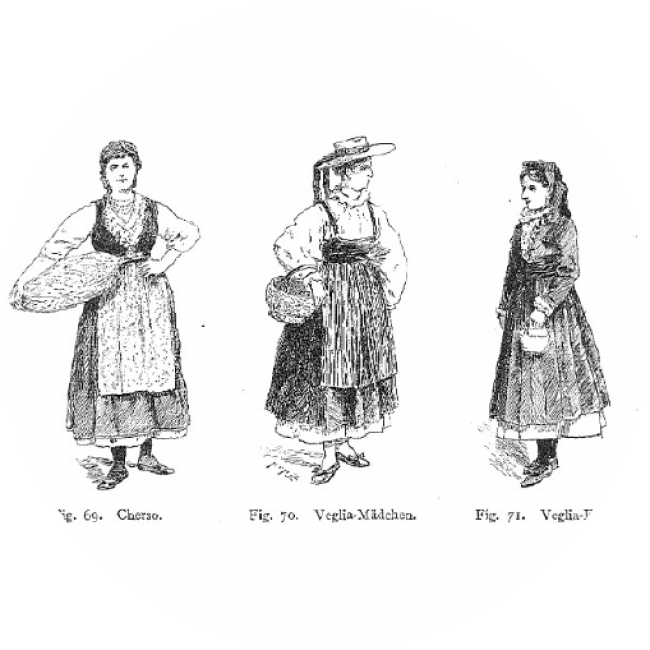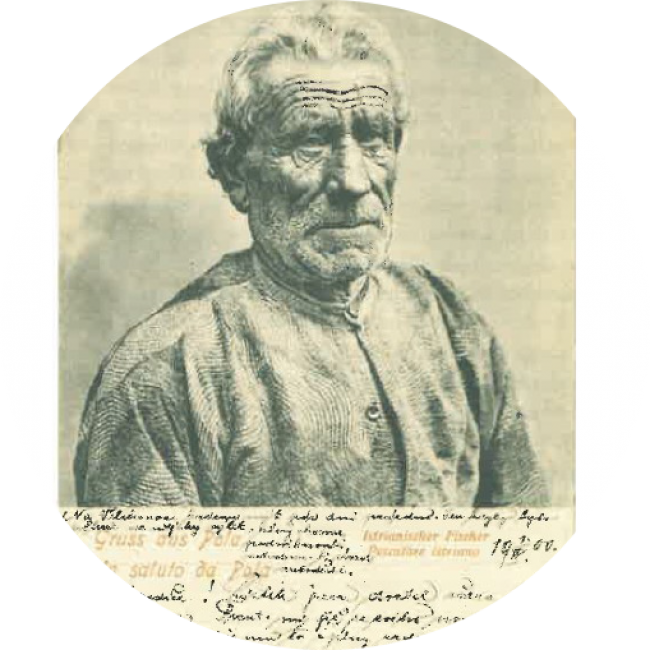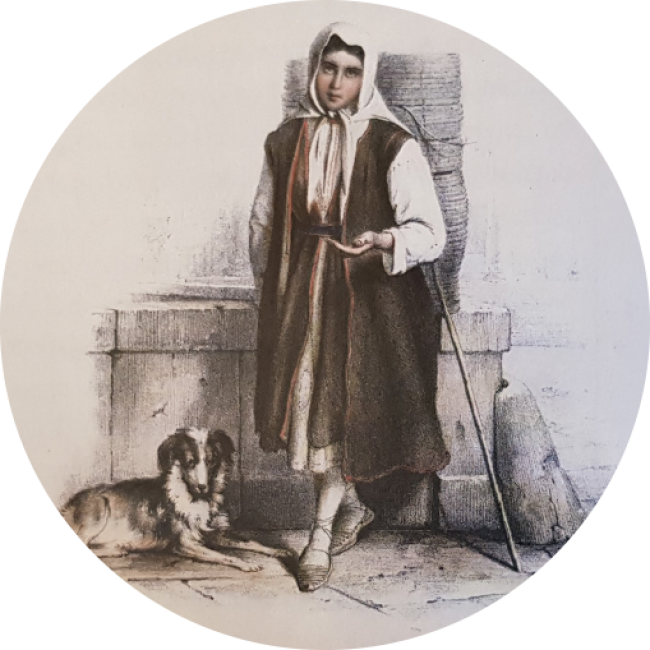Since the beginning of the modern era, the political and social situation on the Istrian peninsula has undergone several changes. In 1797, and as part of the Habsburg empire, the region, which at times had been under Venetian influence, became a political entity for the first time. Its border location, between Trieste and Rijeka in the northern Adriatic Sea, is at the heart of Istria’s multicultural history. It is a place where Slavic, Germanic and Romanic languages intersect. The numerous migrations to and from the peninsula have left behind a distinctive pattern of Mediterranean and continental cultures. However, the governmental modernisation from the mid-19th century onwards, and the nationalism typical of the time, contributed to the gradual segregation of this multicultural life. Istrian populations since then have had to negotiate ethnic affiliations and national interests.
Istria —
a Multicultural
Region
Vajka kontra
—Always Different!
A Genealogy
of Hybridity
While under Habsburg rule in the mid-19th century, Istria became the focus of Austrian scientific investigations. Initially natural scientists, but soon after also statisticians, ethnographers, and folklorists became interested in the peninsula. Based on statistical data and ethnographic maps, they identified and described Istria’s exceptional cultural diversity. The ethnographer and statistician Karl Freiherr von Czörnig listed 13 ethnic groups and numerous combinations of ethnicities on the peninsula, the largest of which were the Croats, Italians, and Slovenians. The Austrian experts summarised the phenomenon they observed in Istria as “hybridism”. This classification of the population according to cultural categories was meant to satisfy the government’s desire for information about their territories and help with the modernisation, integration, and centralisation of the state.
What threatens us?
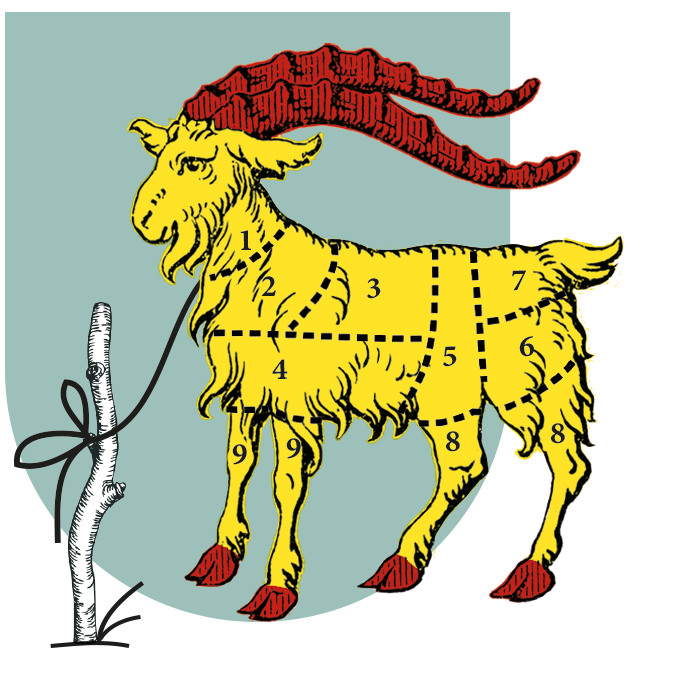
The 1867 constitution granted cultural equality to all populations within the Habsburg empire, but it did not stop nationalism from growing. Political actors increasingly interpreted social problems in a nationalistic sense. Their attempts to introduce clear-cut ethnic categorisations were imposed on a population that could not be clearly classified either linguistically or ethnically. The local elites, too, had to acknowledge the linguistic and cultural “blend” of the Istrian population. But their conclusions differed from the Austrian researchers’, and they declared it a threat to the Istrian system.
Who are we?
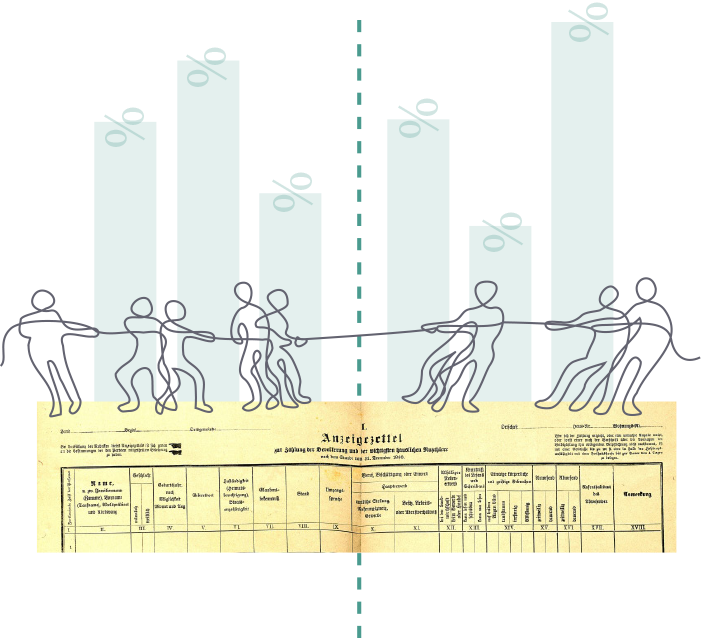
After 1880, the Austrian administration surveyed the everyday languages spoken among its population every 10 years. For those Istrians described as “hybrid”, however, questions about their vernacular were completely inappropriate because they changed their day-to-day language many times, depending on situations. Still, nationalists managed to interpret the surveys’ results for their own purposes. If a person was listed as Slovene in one census, but was (mis-)described as Italian 10 years later in the next survey, both national groups could interpret this as either a success or a failure. Fake entries and misinterpretations were typical in the national surveys and indirectly demonstrated the hierarchy of power between Italians, Slovenes, and Croats. Over time, part of the Istrian population began to describe themselves as hybrid instead of as either Slavic or Italian. Could this “cultural hybridism” eventually have become a solution for nationalistic identity conflicts all over the Habsburg empire?
The language surveys frequently had to be repeated due to falsifications and mistakes. The official counters were biased and overwhelmed by the complexity of the situation. The control counts by local parties also showed that even within families with the same surname, different details were given regarding their day-to-day language use.(Bildunterschrift: [Protocols of control countings] / Protokolle aus Kontrollzählungen 1901, Pazin State Archive HR-DAPA 28, 88.)
What do we need?
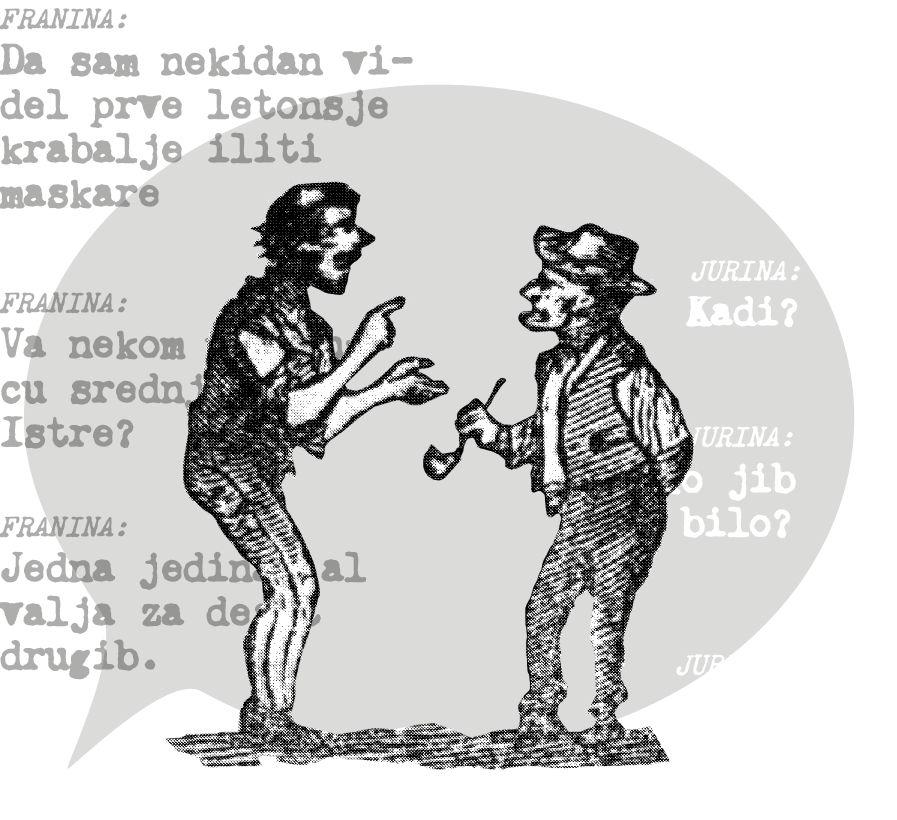
In an attempt to contain the problem of nationalistic and liberal factions after the 1848/49 revolution, the Habsburg monarchy quickly produced ethnographic and statistical information about its regions. In Istria, too, people discussed how to categorise the peninsula’s diversity. But the mobilisation campaigns moved very slowly, and part of the population turned out to be politically and nationally undecided.
National Croat groups in particular came up with various descriptions and designations for themselves. People who described themselves as nationally indifferent, who spoke a mixture of languages, adopted “Italian” habits or changed political allegiance frequently, were labelled “motley” or “italianised” (Šarenjaci or Potalijančenjaci). Around the turn of the century, national and local discussions about the reality of the cultural “blend” hardened, and a linguistically mixed, “hybrid” group declaring itself as specifically “Istrian” demanded political representation.
What should we do?
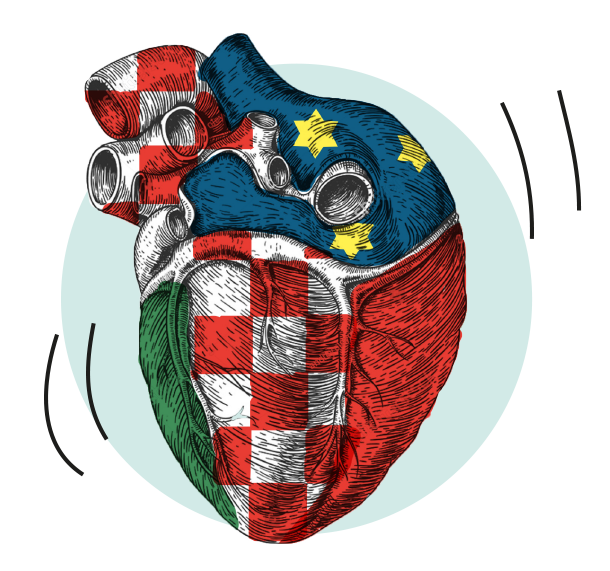
Those groups who were against hybridity exploited different strategies according to their political aims. Around the turn of the 20th century, the Slavic parties fought against Romanic-Slavic “blending”, while the Italian elites considered the Croat-Slovene political merging as a threat to their socio-economic supremacy on the peninsula. Demands ranged from the cultural equality of Italians and Slavs in Istria to the annexation of Istria to Italy, and to a national unification with other Slavic nations within the Habsburg empire. Fundamental to those aims was the view that Istria was indivisible as a region but always dependent on respective national supremacy. The region could only be successful politically, economically, and culturally if its political boundaries could be sustained. An important strategic device for local politicians was the foundation of newspapers, clubs, and institutions to represent respective national interests. This also helped hybrid “Istrians” to successfully counter the nationalists’ strategies with their own paper and party, at least for a while. Violent clashes were rare, but political blockades and aggressive debates influenced a whole generation to 1914 – and still have an impact to this day.
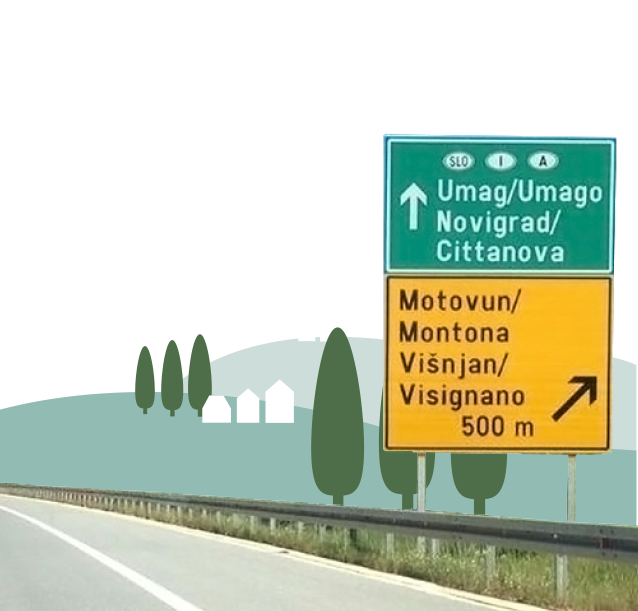
From the 1970s on, a new multiculturalism developed in Istria. At the beginning of the 1990s, the “Istrian Democratic Convention” (IDS/DDI) movement grew out of the multicultural world view initially laid out by intellectuals and scientists as a reaction to rising nationalism in the region. Thus, nearly 100 years later, similar constellations have emerged from threats and coping strategies. To this day, the emphasis on diversity and hybridity is an important tool in creating solidarity in the region. Over the long-term, something else is emerging: an acceptance that ethnic groups, nations, and cultures are constructs created by people. They are hybrid entities whose meanings and definitions keep changing in time and space.
with other case studies.
